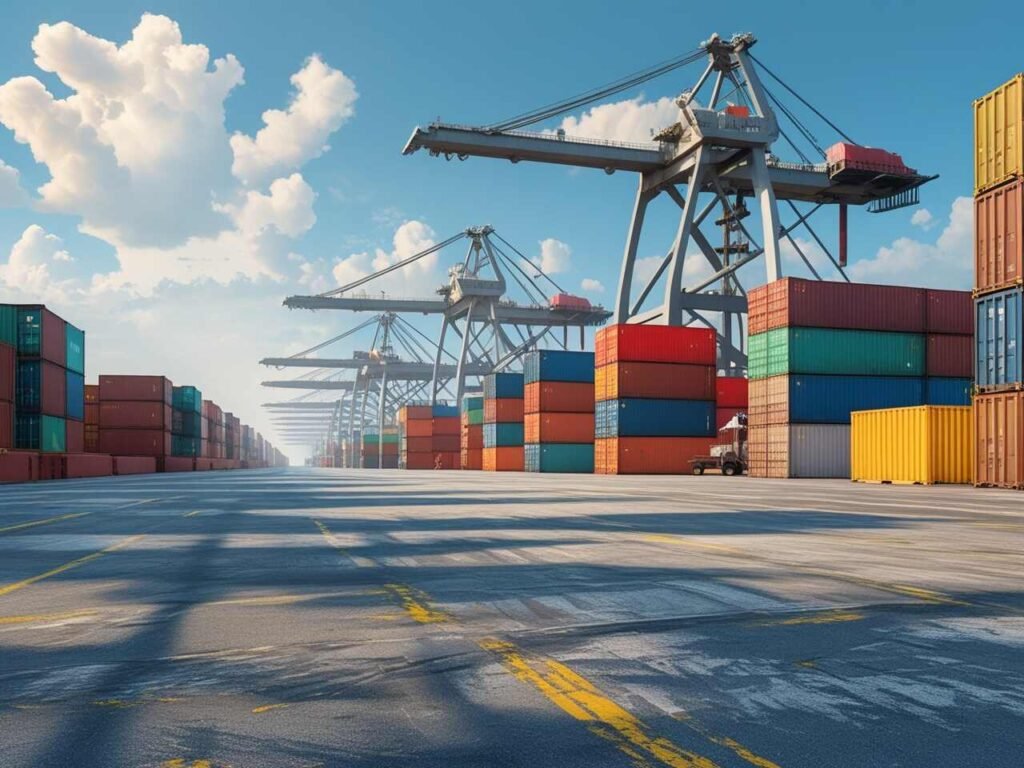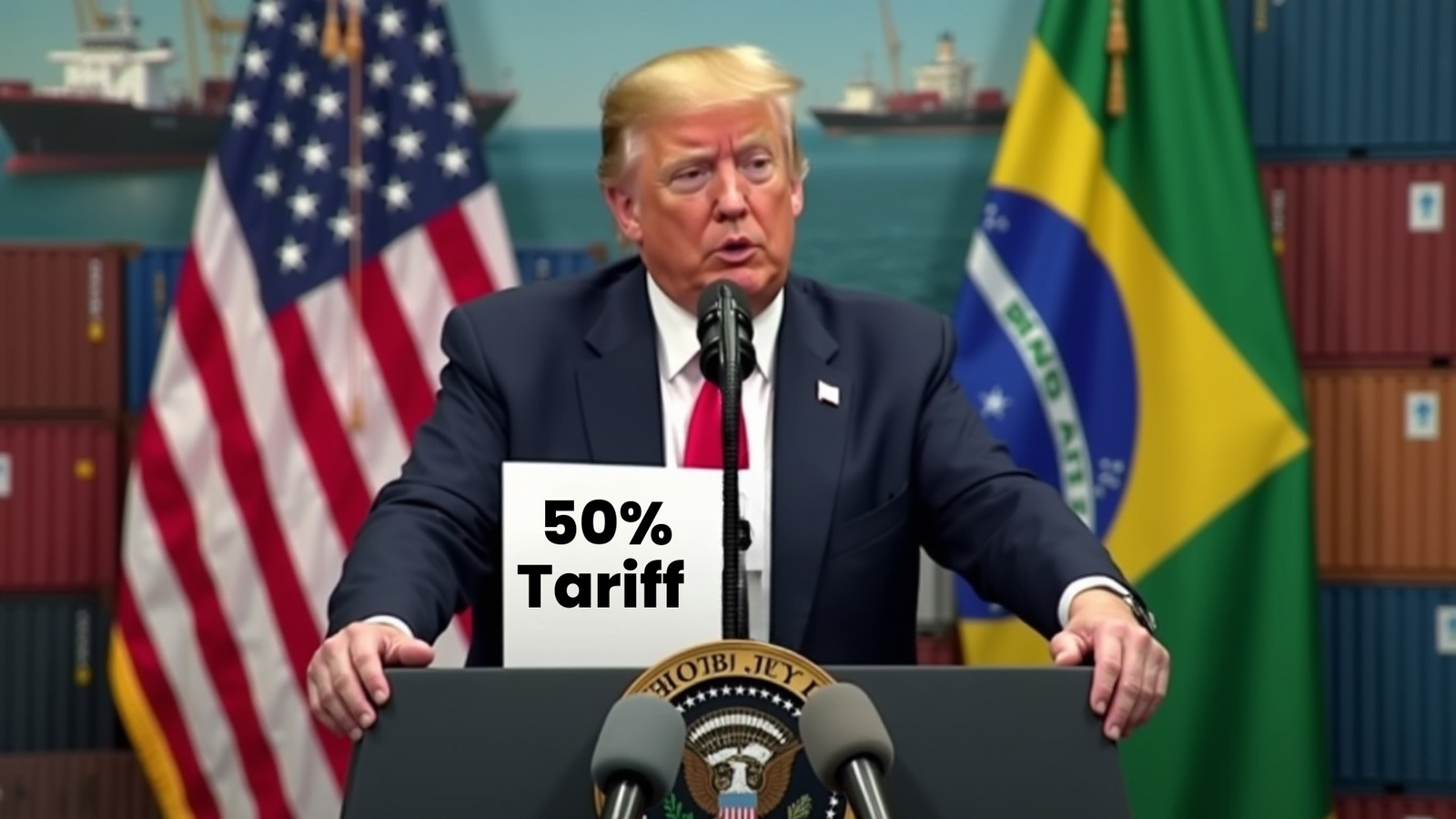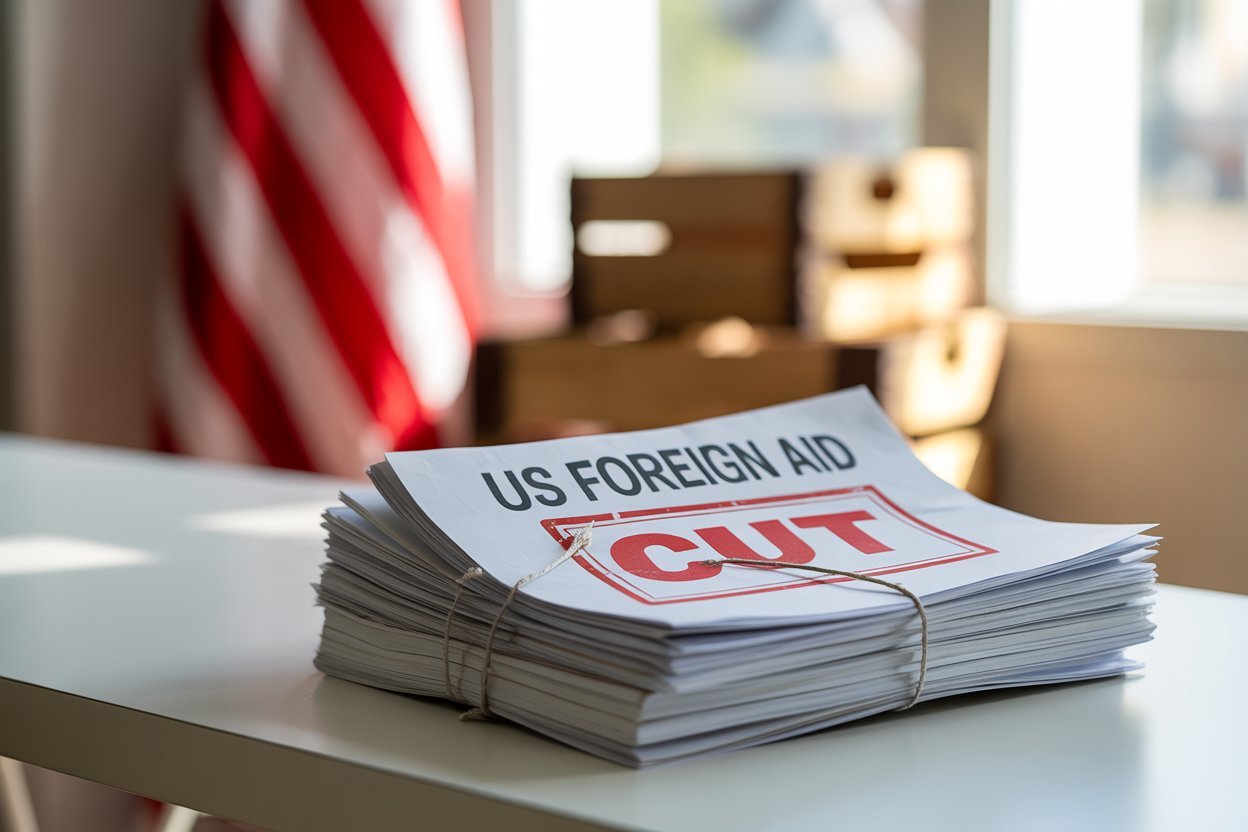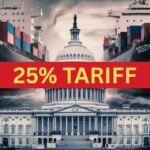- Home
- ScienceDiscover the latest updates from across the United States, including politics, culture, economy, and trending stories. Stay informed on the key events shaping the nation and the topics everyone’s talking about.
- EconomyOur Economy page provides comprehensive reporting on international financial systems, trade dynamics, development economics, and macroeconomic policy. Drawing on expert analysis and institutional data, we illuminate the interconnected nature of global markets and their real-world implications for governance and inequality.
- HealthWe examine global health issues through the lens of policy, access, equity, and innovation. From pandemics and healthcare infrastructure to mental health and biotechnological breakthroughs, our health reporting is rooted in empirical data, expert insight, and a commitment to understanding health as a cornerstone of human development.
- HistoryThis section revisits critical junctures in world history, emphasizing the relevance of historical events in shaping present-day global affairs. Through scholarly narratives and fact-anchored storytelling, we uncover the often-overlooked patterns, power structures, and human decisions that have left a lasting imprint on international relations and societies.
- PoliticsOur Politics section offers in-depth analysis of international political developments, ideological movements, and institutional shifts. With a focus on global governance, diplomacy, and geopolitical strategy, we provide nuanced reporting that transcends partisan narratives and situates events within their broader historical and structural contexts.
- War & ConflictThis section delivers meticulous coverage of international conflicts, civil wars, military strategies, and peace negotiations. We prioritize geopolitical context, long-term impact, and the role of state and non-state actors—eschewing sensationalism in favor of sober, historically informed analysis.
- TechnologyWe critically examine the global technology landscape—from artificial intelligence and cybersecurity to digital policy and ethical innovation. Our reporting focuses not just on what is being built, but why it matters: how technological change influences governance, economy, security, and human life on a planetary scale.
- Features
- Home
- ScienceDiscover the latest updates from across the United States, including politics, culture, economy, and trending stories. Stay informed on the key events shaping the nation and the topics everyone’s talking about.
- EconomyOur Economy page provides comprehensive reporting on international financial systems, trade dynamics, development economics, and macroeconomic policy. Drawing on expert analysis and institutional data, we illuminate the interconnected nature of global markets and their real-world implications for governance and inequality.
- HealthWe examine global health issues through the lens of policy, access, equity, and innovation. From pandemics and healthcare infrastructure to mental health and biotechnological breakthroughs, our health reporting is rooted in empirical data, expert insight, and a commitment to understanding health as a cornerstone of human development.
- HistoryThis section revisits critical junctures in world history, emphasizing the relevance of historical events in shaping present-day global affairs. Through scholarly narratives and fact-anchored storytelling, we uncover the often-overlooked patterns, power structures, and human decisions that have left a lasting imprint on international relations and societies.
- PoliticsOur Politics section offers in-depth analysis of international political developments, ideological movements, and institutional shifts. With a focus on global governance, diplomacy, and geopolitical strategy, we provide nuanced reporting that transcends partisan narratives and situates events within their broader historical and structural contexts.
- War & ConflictThis section delivers meticulous coverage of international conflicts, civil wars, military strategies, and peace negotiations. We prioritize geopolitical context, long-term impact, and the role of state and non-state actors—eschewing sensationalism in favor of sober, historically informed analysis.
- TechnologyWe critically examine the global technology landscape—from artificial intelligence and cybersecurity to digital policy and ethical innovation. Our reporting focuses not just on what is being built, but why it matters: how technological change influences governance, economy, security, and human life on a planetary scale.
- Features
Now Reading: Trump Threatens 35% Tariff on Canadian Goods
-
01
Trump Threatens 35% Tariff on Canadian Goods
- Home//
- Science//Discover the latest updates from across the United States, including politics, culture, economy, and trending stories. Stay informed on the key events shaping the nation and the topics everyone’s talking about.
- Economy//Our Economy page provides comprehensive reporting on international financial systems, trade dynamics, development economics, and macroeconomic policy. Drawing on expert analysis and institutional data, we illuminate the interconnected nature of global markets and their real-world implications for governance and inequality.
- Health//We examine global health issues through the lens of policy, access, equity, and innovation. From pandemics and healthcare infrastructure to mental health and biotechnological breakthroughs, our health reporting is rooted in empirical data, expert insight, and a commitment to understanding health as a cornerstone of human development.
- History//This section revisits critical junctures in world history, emphasizing the relevance of historical events in shaping present-day global affairs. Through scholarly narratives and fact-anchored storytelling, we uncover the often-overlooked patterns, power structures, and human decisions that have left a lasting imprint on international relations and societies.
- Politics//Our Politics section offers in-depth analysis of international political developments, ideological movements, and institutional shifts. With a focus on global governance, diplomacy, and geopolitical strategy, we provide nuanced reporting that transcends partisan narratives and situates events within their broader historical and structural contexts.
- War & Conflict//This section delivers meticulous coverage of international conflicts, civil wars, military strategies, and peace negotiations. We prioritize geopolitical context, long-term impact, and the role of state and non-state actors—eschewing sensationalism in favor of sober, historically informed analysis.
- Technology//We critically examine the global technology landscape—from artificial intelligence and cybersecurity to digital policy and ethical innovation. Our reporting focuses not just on what is being built, but why it matters: how technological change influences governance, economy, security, and human life on a planetary scale.
- Features//
Trump Threatens 35% Tariff on Canadian Goods
Jhon SmithEconomyJuly 11, 202544 Views
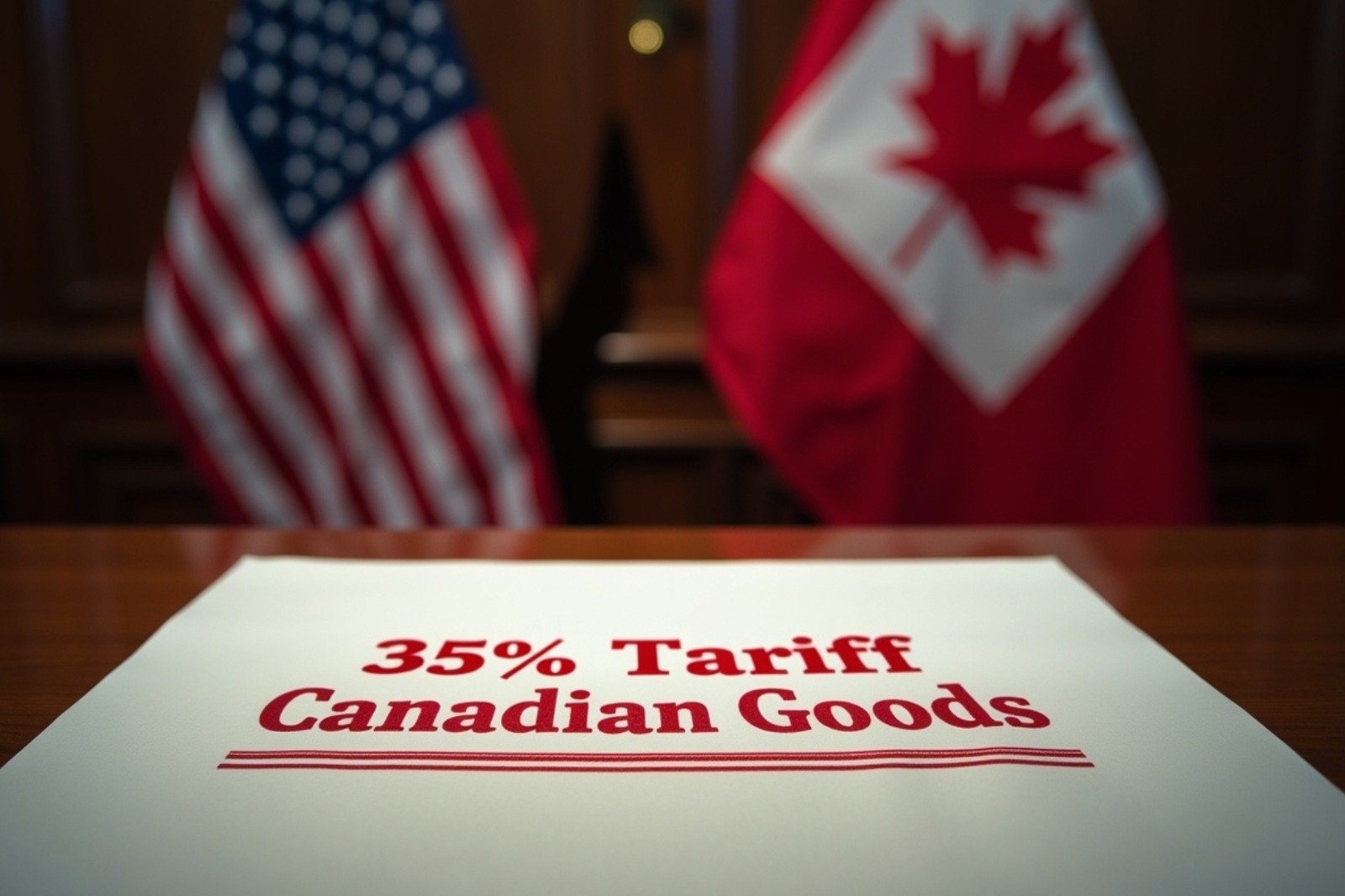
U.S. President Donald Trump has sharply escalated trade tensions by threatening a 35% tariff on Canadian goods, starting August 1, unless Canada meets key U.S. demands. It marks a significant jump from previous rates of 10–25%, with broad implications for global trade, supply chains, and diplomatic relations.
Transitioning swiftly from the status quo, the announcement was made via letter and social media, and it comes alongside promises of sweeping tariffs (15–20%) on other trade partners, including the EU.
Canadian Goods in the Crosshairs of a New Tariff
Trump’s letter to Canadian Prime Minister Mark Carney lays out clear terms: a uniform 35% tariff across most Canadian imports—except possibly those meeting USMCA standards—would activate from August 1. This marks a sharp increase from the existing 25%–50% tariffs on steel, aluminum, and automotive imports.
Canada may avoid the new levy if it relocates manufacturing to the U.S. or meets U.S. demands to curb fentanyl trade. Trump even left room to adjust the tariff up or down depending on Canadian compliance.
Analysts warn of ripple effects, with the Canadian dollar weakening and European stock markets dipping (the STOXX 600 dropped about 0.4%) in response to rising trade uncertainty.
Trump’s Wider Tariff Strategy: EU and Beyond
The Canada tariff threat is part of Trump’s wider plan. He floated blanket tariffs of 15–20% on “most remaining countries,” with notices reportedly sent to over 20 nations including the EU.
He’s also warned that retaliation by Canada or others would trigger automatic increases—adding Canada’s counter‑tariff percentage on top of 35%.
Meanwhile, Europe is bracing for similar treatment: EU trade ministers have paused their retaliatory response as they await official U.S. tariff letters.
Why This Tariff: Fentanyl, Deficits and Dairy Policy
Trump’s reasoning behind the tariff is multi-faceted:
- The letter claims that Canada’s lax border enforcement has allowed fentanyl to enter the U.S.—though less than 1% of U.S. fentanyl arrives via Canada.
- Trump emphasizes Canada’s large trade deficit, citing it as a “major threat” to U.S. economic and national security.
- Dairy tariffs in Canada, which Trump describes as “extraordinary,” are also targeted—he alleges rates as high as 400%, restricting American farmers’ access.
In return, Trump suggests Canada could be exempted if the country addresses these issues with swift action.
Canadian Response to the Tariff Threat
Canadian Prime Minister Mark Carney responded via X (formerly Twitter), emphasising Canada’s efforts on fentanyl control and promising to “defend Canadian workers and businesses” in lead-up to August 1.
In response, Canada imposed 25% tariffs on approximately C$30 billion worth of American goods (steel, aluminum, auto parts).
Some provincial leaders have proposed even stronger measures, such as halting U.S. energy and liquor imports, and restricting electric‑vehicle‑critical minerals exports to the U.S.—as a form of leverage.
On social media and Reddit, Canadians expressed anxiety and doubt:
“Trump is burning down what the U.S spent over a century building… The plan is batshit insane”
“Even if we respond with concessions… seems pointless… he won’t be happy”
Read More:
U.S. 25% Tariffs on Japan, South Korea Shake Trade
Trump Imposes 50% Tariff on Brazil Over Bolsonaro Case
Economies and Markets Feel the Edge of Tariff
The 35% tariff threatens significant economic strain:
- U.S. consumers could face higher prices on gas, lumber, dairy, vehicles, food and household items.
- European stocks fell in response, signaling rising concerns over escalating global trade friction.
- Canada’s economy may take a hit: weakened dollar, job losses in export-heavy sectors, and possible U.S. manufacturing moves.
- Broader retaliation could target critical minerals, energy exports, and U.S. consumer products, deepening cross-border obstacles.
Tariff Risk to USMCA and Legal Barriers
Questions loom over whether USMCA‑eligible goods will be shielded. Trump’s past actions have sidestepped emergency powers rulings that may apply again. Court challenges could block or nullify these latest moves.
The U.S. Court of International Trade ruled Trump exceeded authority using national‑security powers; that case is now at the appeals court with oral arguments set for July 31.












